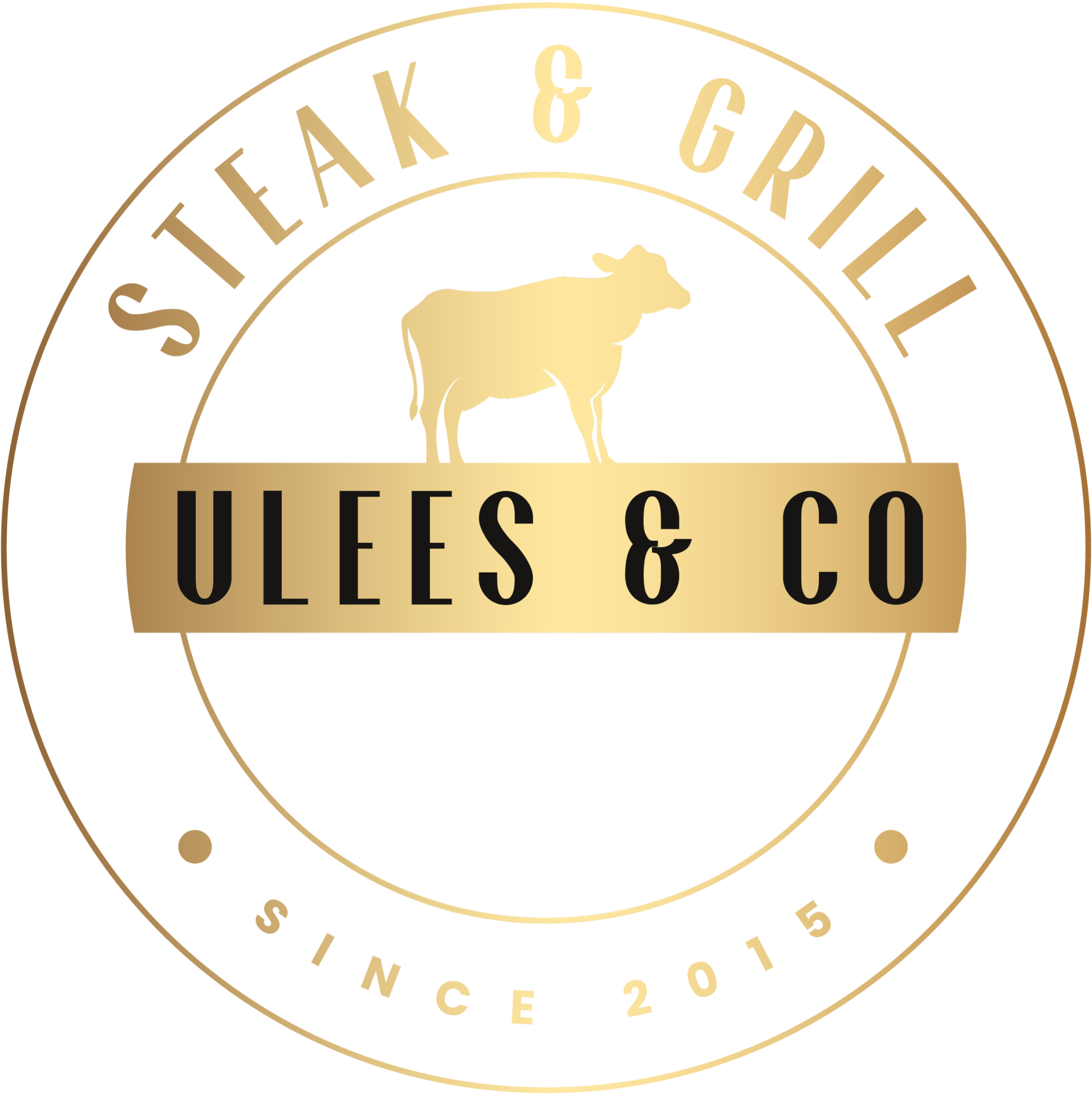Dry-aged meat is considered a luxury because it undergoes a time-consuming aging process of 21 to 120 days under strictly controlled conditions. This results in significant weight loss of up to 30%, which drives up the price considerably. The meat develops unique, complex flavors with nutty and umami notes that you won’t find in regular meat. Only top-quality beef qualifies for dry-aging, which further enhances its exclusive character.
What Makes Dry-Aged Meat So Special?
Dry-aged meat distinguishes itself through the artisanal aging process that lasts between 21 and 120 days. During this period, the meat hangs in special aging chambers where temperature, humidity, and airflow are perfectly controlled. This lengthy process transforms a good piece of beef into a culinary masterpiece.
The meat loses significant moisture during aging, which concentrates the flavors. Natural enzymes break down the muscle fibers, resulting in a butter-tender texture. A dry crust forms on the outside that is later trimmed away, but during aging it protects the meat and contributes to flavor development.
What truly makes dry-aged meat special is the combination of craftsmanship and patience. Not everyone can simply age meat. It requires years of experience to determine when the meat has reached its optimal ripeness. Aging too briefly provides insufficient flavor development, while aging too long can lead to spoilage.
How Does the Dry-Aging Process Work Exactly?
The dry-aging process begins with selecting premium beef with sufficient fat marbling. This meat is hung in special aging chambers at temperatures between 0 and 4 degrees Celsius and humidity levels of 80 to 85 percent. Constant air circulation is crucial to prevent mold formation.
Two important things happen during aging. First, moisture evaporates from the meat, causing it to lose up to 30 percent of its weight. Second, natural enzymes break down the protein structures in the meat. This process, also called proteolysis, makes the meat more tender and develops the characteristic dry-aged flavor.
The outer layer of the meat dries out and forms a protective crust. This layer is removed before preparation but plays an important role during aging. It protects the inner meat and contributes to developing the complex flavors that make dry-aged meat so special.
Why Is Dry-Aged Meat So Much More Expensive Than Regular Meat?
The higher price of dry-aged meat comes from various cost factors. The largest portion of the premium comes from weight loss during aging. When a piece of meat loses 30 percent of its weight, the final price must compensate for this to remain profitable.
Additionally, dry-aging requires significant investments in equipment and space. Professional aging chambers cost thousands of euros and must run constantly to maintain proper conditions. The electricity costs and space requirements in a restaurant or butcher shop are considerable.
| Cost Factor | Price Impact |
|---|---|
| Weight Loss (20-30%) | Direct price increase of 25-40% |
| Aging Time (3-17 weeks) | Capital tied up, no direct revenue |
| Equipment and Energy | High fixed costs |
| Craftsmanship | Specialized personnel required |
| Risk of Spoilage | Losses must be factored into pricing |
Risk also plays a role in pricing. Not every piece of meat successfully survives the aging process. If conditions aren’t perfect or the starting material isn’t top quality, the meat can spoil. These losses are factored into the price of successful dry-aged meat.
What Flavor Experience Can You Expect From Dry-Aged Meat?
Dry-aged meat offers a flavor experience you’ll never find with fresh meat. The most notable characteristic is the concentrated meat flavor that develops from moisture loss. This intense beef flavor is complemented by complex aromas that develop during aging.
Many people describe dry-aged meat as nutty, with hints of hazelnut or chestnut. Umami notes are also prominently present, comparable to aged cheeses or mushrooms. These flavors arise from protein breakdown during the aging process and are unique to dry-aged meat.
The texture is another highlight. While fresh meat can sometimes be tough, properly aged dry-aged meat is butter-soft. You can literally cut it with a fork. The meat almost melts on your tongue, releasing all flavors perfectly. This combination of intense flavor and tender texture makes dry-aged meat a true delicacy.
Where Can You Find the Best Dry-Aged Meat in the Netherlands?
For truly good dry-aged meat, you’re best served by specialized butchers or premium steakhouses. Always ask about the aging duration and origin of the meat. A good butcher will gladly tell you about the aging process and can advise you on the best preparation method.
When choosing dry-aged meat, pay attention to color and aroma. The meat should be darker than fresh meat, with a dry exterior. The aroma is nutty and pleasant, never sharp or unpleasant. If you’re unsure, ask to taste or smell a small piece.
Steakhouses that take dry-aged meat seriously often invest in their own aging chambers. We, for example, have special dry-aging chambers where you can see the meat aging. This transparency builds confidence and completes the experience. We work only with selected suppliers who deliver the highest quality beef, perfectly suited for the aging process. For more information about different types of premium meat and their characteristics, you can consult our comprehensive guide.
